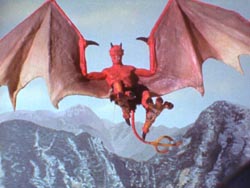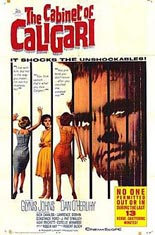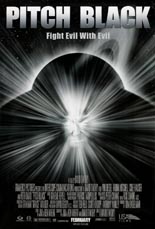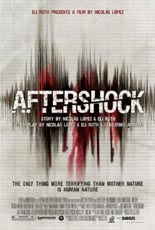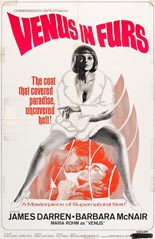
 To mention the word “masterpiece” in the same breath as “Jess Franco” is like pairing “Chef Boyardee” and “gourmet.” Yet 1969’s Venus in Furs is often cited as the über-prolific director’s finest hour (and a half) — one awash in atmosphere, not acumen.
To mention the word “masterpiece” in the same breath as “Jess Franco” is like pairing “Chef Boyardee” and “gourmet.” Yet 1969’s Venus in Furs is often cited as the über-prolific director’s finest hour (and a half) — one awash in atmosphere, not acumen.
What happens to a beautiful woman after she’s murdered at a swank party? As the song goes, she’ll be waiting in Istanbul. On that Turkish city’s Black Sea shores, the corpse of Wanda Reed (Franco fave Maria Rohm, Eugenie) washes up in purple garters, her chest deeply sliced above the left breast. Finding her, jazz musician Jimmy Logan (James Darren, TV’s The Time Tunnel) immediately flashes back to the night before, when he discreetly watched her get stripped, whipped and stabbed by three fellow partygoers (one of whom is a millionaire playboy played by Nosferatu himself, Klaus Kinski).
 The shock sends Jimmy fleeing to Rio — and to the bed of local club singer Rita (Barbara McNair, The Organization). Just as he’s able to take up his trumpet again, who should walk through the door but Wanda herself. Barring supernatural forces, how can that be? To Franco’s credit, you’ll want to know, but the answer is secondary to seeing Wanda exact her sexy revenge.
The shock sends Jimmy fleeing to Rio — and to the bed of local club singer Rita (Barbara McNair, The Organization). Just as he’s able to take up his trumpet again, who should walk through the door but Wanda herself. Barring supernatural forces, how can that be? To Franco’s credit, you’ll want to know, but the answer is secondary to seeing Wanda exact her sexy revenge.
Venus in Furs’ strength lie in the unfailing hallucinatory vibe it exudes. While Jimmy’s sparse narration recalls pure pulp gumshoe, Franco employs every ’60s trick in the book: primary color gels, wavy screens, slowed-down film, sped-up film and so on. And then there’s Rohm, his most special effect of all. Despite her character being an instrument of death, she’s a captivating, sultry presence. —Rod Lott

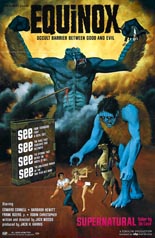
 If not for representing the public’s first look at the work of Ray Harryhausen kids Dennis Muren and David Allen, it’s likely
If not for representing the public’s first look at the work of Ray Harryhausen kids Dennis Muren and David Allen, it’s likely 